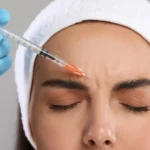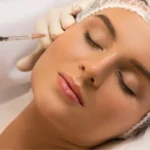
THE WHAT? L’Oréal has mandated its 87,000 global employees to return to the office for at least two Fridays every month, as part of a revision to its remote working policies reported by The Times.
THE DETAILS This change aims to increase office attendance following a period of more flexible hybrid working arrangements introduced during the Covid-19 pandemic. In the UK and Ireland, where L’Oréal employs 4,500 staff, the requirement is for employees to work in the office three days a week.
THE WHY? The company’s chief executive, Nicolas Hieronimus, expressed criticism of fully remote working at the World Economic Forum, attributing a lack of attachment, passion, and creativity to such arrangements and suggesting that L’Oréal’s quick post-pandemic recovery was due to maintaining a balance between remote and in-office work.
Aesthetic supplies USA refers to products and equipment used in the field of aesthetic medicine and cosmetic treatments that are available for purchase in the United States. These supplies encompass a wide range of items necessary for various aesthetic procedures and treatments conducted by professionals such as dermatologists, plastic surgeons, aestheticians, and other qualified practitioners.
Examples of aesthetic supplies include:
-
Dermal Fillers: Injectable substances used to restore volume and reduce wrinkles.
-
Botulinum Toxin (Botox): Injectables used to temporarily relax facial muscles and reduce wrinkles.
-
Laser Devices: Equipment used for hair removal, skin rejuvenation, tattoo removal, and other laser treatments.
-
Chemical Peels: Solutions applied to the skin to exfoliate and improve texture.
-
Microdermabrasion Devices: Tools used for mechanical exfoliation to rejuvenate skin.
-
Microneedling Devices: Devices that create tiny punctures in the skin to stimulate collagen production.
-
Cosmeceuticals: Skincare products that contain biologically active ingredients with pharmaceutical-like benefits.
-
Sterilization and Disinfection Products: Essential for maintaining hygiene and preventing infections in clinical settings.


